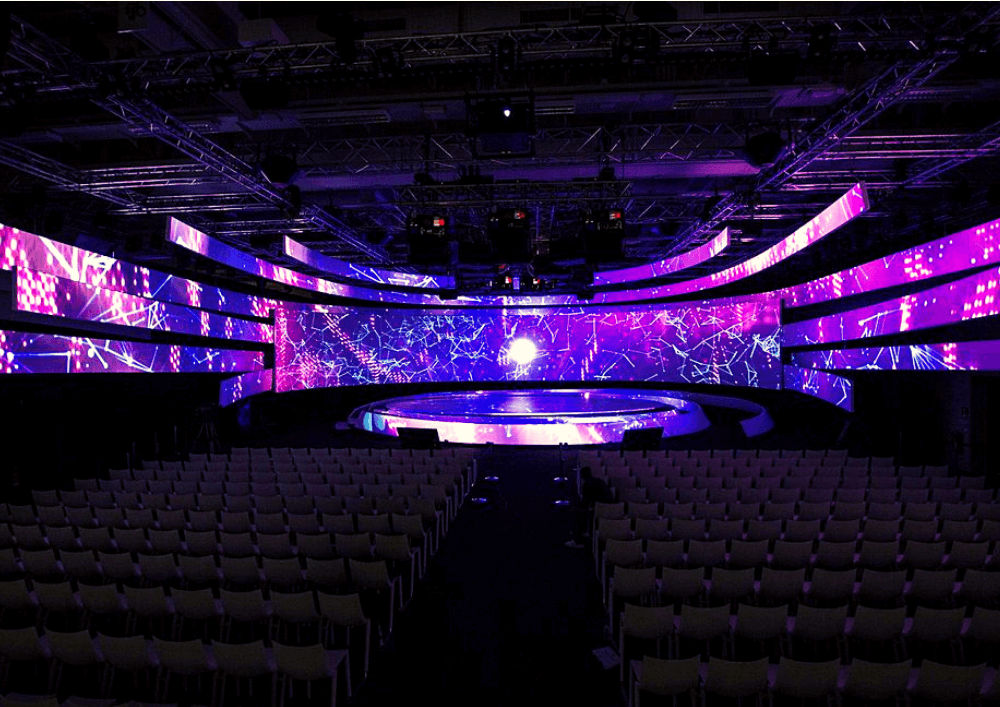Analyzing the Role of Tonal Contrast Metrics on Optical Precision and Human Cognition
Wiki Article
Comparison ratios are an important concept in graphic composition and individual interpretation. They relate to the difference in luminance between the lightest and deepest parts of a visual display. A greater brightness level means that there is a larger differentiation between bright and dark areas, which can significantly influence how easily we perceive visuals, content, and other graphical elements. This is particularly vital when addressing how individuals with varied sight abilities perceive information. Comprehending contrast ratios helps designers develop more accessible displays, whether for webpages, advertisements, or educational materials.

The importance of contrast levels can be observed in various applications, such as TVs, desktop screens, and smartphones. In these devices, a elevated brightness ratio enables crisper images and clearer content. For example, when viewing a film or engaging in video games, high visual separation can improve the viewing experience by making elements more distinct. This is also applicable for reading text on displays; a pronounced difference between the text hue and backdrop color can prevent visual fatigue and improve readability. As people interact with digital content daily, creators must prioritize ideal visual balance settings to ensure comfort and clarity.
Various user groups may experience contrast ratios differently. For people with visual impairments, such as color vision deficiency or reduced vision, sufficient visual separation is vital for understanding information presented graphically. Content creators must consider these variations when developing materials. Tools like color contrast checkers can you could try this out assist evaluate whether the selected hues provide enough distinction for all users. By ensuring proper visual standards, professionals not only render their output inclusive but also demonstrate inclusivity in their designs.
In addition to accessibility considerations, visual contrast levels play a crucial function in aesthetic appeal and overall user experience. A thoughtfully crafted layout applies palette choices that not only draw focus but also guide visitors through information smoothly. For example, emphasizing key controls or elements with distinct hues enables users move through easily. When users find it easy to differentiate between varied components on a display, they are more likely to engage with the content and complete tasks efficiently.
Finally, as technology continues to evolve, the importance of understanding visual contrast principles remains relevant. Innovations in display technology provide opportunities for even better visual clarity. However, without careful consideration of how contrast affects human perception, advancements may not achieve their full effectiveness. Visual professionals and technologists must remain updated about standards concerning visual contrast to guarantee that their designs stays impactful and intuitive across multiple systems take a look at the site here and screens. By prioritizing these guidelines, they can improve user interaction and build a more accessible online environment.